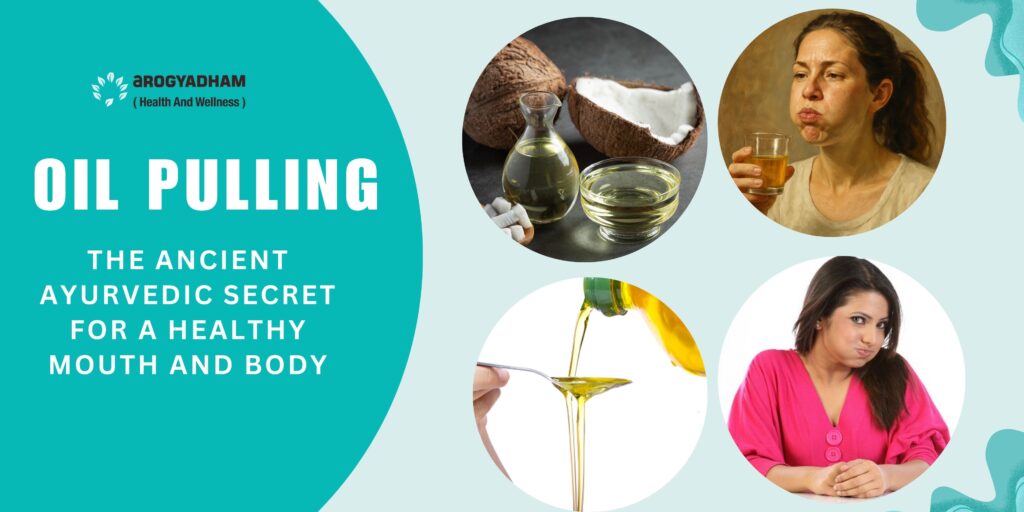Paraphimosis: Symptoms, Treatment And Prevention
- Home
- /
- Sexual Diseases
- /
- Paraphimosis: Symptoms, Treatment And...

What is Paraphimosis?
Paraphimosis is a severe urological condition that only affects uncircumcised males. It is a condition when the foreskin is no longer able to pull forwards towards the tip of the penis. Due to this, the foreskin gets stuck and swollen, which may slow or stop the blood flow to the tip of the penis.
It would be best if you didn’t confuse paraphimosis with phimosis. Phimosis is the condition when the foreskin cannot be retracted or pulled back from the tip of the penis. It is not a severe condition and mainly occurs in young boys. On their side is a critical emergency. If you detect the symptoms of paraphimosis, you should immediately reach out for medical intervention. If not treated, this can lead to some severe complications.

Symptoms of Paraphimosis
Speaking of symptoms, the primary symptom of paraphimosis is an inability to return the foreskin to its usual place over the tip of the penis. Also, it comes with swelling and pain at the tip of the penis and on the foreskin. You also might notice it is getting dark red or blue due to a lack of blood flow. There are other symptoms, such as difficulty in urination, penile pain, and necrosis, as well. It usually happens when medical professionals forget to pull the foreskin back to its place during a medical procedure or examination. With Ayurveda, various therapies and other practices are effective in treating paraphimosis without any surgical procedures.
- Swelling of the Foreskin and Glans Penis: The foreskin and glans become swollen due to restricted blood flow.
- Pain in the Penis: There is significant pain and discomfort in the affected area.
- Discolouration of the Glans: The Glans may appear red or dark due to inadequate blood supply.
- Difficulty Urinating: In severe cases, urination may become difficult or painful.
What Causes Paraphimosis?
Understanding the causes of paraphimosis is crucial for effective prevention and management. Paraphimosis can be triggered by several factors, including:
- Agnimandya (Weak Digestive Fire): Poor digestion can accumulate Ama (toxins), which can obstruct bodily channels, including those affecting the foreskin.
- Improper Manipulation of the Foreskin: Improper handling of the foreskin during medical procedures or hygiene routines can lead to an imbalance of Vata and Pitta.
- Infections or Pitta Vriddhi (Increase of Pitta): Infections caused by poor hygiene or exposure to irritants can aggravate Pitta, leading to inflammation and swelling.
- Trauma or Injury: Any injury to the genital area can disturb the delicate balance of Vata, leading to swelling and pain.
- Lifestyle Factors (Ahar and Vihar): Poor dietary habits, lack of exercise, and stress can contribute to doshic imbalances, leading to paraphimosis.
How is Paraphimosis Diagnosed?
The diagnosis of paraphimosis is typically straightforward and based on a physical examination. Here’s what the diagnostic process may involve:
- Nadi Pariksha (Pulse Diagnosis): This technique helps identify doshic imbalances contributing to the condition.
- Srotas Pariksha (Examination of Channels): Assessing the affected Srotas (bodily channels) that may be obstructed or inflamed.
- Darshan (Observation) and Sparshan (Palpation): Physical examination to observe swelling, discolouration, and other symptoms.
Paraphimosis Treatment
Ayurvedic treatment for paraphimosis focuses on balancing the doshas, reducing inflammation, and improving the flow of Prana (life force energy) through herbal remedies, therapies, and lifestyle modifications.

Ayurvedic Herbal Remedies for Paraphimosis
- Dashamoola Kashaya: A decoction made from ten roots that helps balance Vata and reduce inflammation.
- Turmeric (Haridra) and Aloe Vera (Kumari): Both have anti-inflammatory properties and can be applied locally to reduce swelling.
- Guggulu (Commiphora Mukul): Used to manage pain and inflammation due to its Vata-balancing properties.
- Ashwagandha (Withania somnifera): Helps reduce stress and Vata aggravation, promoting tissue healing.

Ayurvedic Therapies for Treating Paraphimosis
- Abhyanga (Oil Massage): Gentle massage with warm oils like sesame oil can help balance Vata and improve circulation.
- Sitz Bath with Neem and Turmeric: A sitz bath infused with neem leaves and turmeric powder can help reduce inflammation and prevent infection.
- Lepanam (Herbal Pastes): Applying herbal pastes from cooling herbs like sandalwood and turmeric helps soothe the inflamed area.
Lifestyle and Dietary Modifications
- Sattvic Diet: Emphasise fresh, whole foods that balance the doshas, avoiding spicy, sour, and fermented foods that aggravate Pitta.
- Hydration: Drinking water infused with cooling herbs like coriander seeds can help flush out toxins.
- Stress Management: Incorporating yoga and pranayama (breathing exercises) to maintain a calm mind and balanced doshas.
Preventing Paraphimosis
- Daily Routine (Dinacharya): Incorporating a routine with proper genital hygiene and self-care practices.
- Regular Oil Application (Snehan): Regularly applying herbal oils to the foreskin can help maintain flexibility and prevent tears.
- Avoiding Excess Heat: Pitta-dominant individuals should avoid excessive heat and spicy foods that could lead to inflammation.
- Proper Medical Care: Ensuring that healthcare providers handle the foreskin properly during medical procedures to prevent trauma.
Also Read – Ayurvedic Treatment For Premature Ejaculation!
Conclusion
Ayurvedic treatment offers a promising approach to managing and overcoming paraphimosis. By focusing on holistic healing and personalised care, Ayurveda addresses the root causes of paraphimosis, such as doshic imbalances, and provides natural remedies to alleviate symptoms and promote healing. Whether looking for herbal treatments, lifestyle changes, or a comprehensive Ayurvedic care plan, Ayurveda provides effective tools for preventing and managing paraphimosis. We encourage everyone not to take this condition lightly.
Dr Rakesh Aggarwal, one of the city’s best sexologists and Ayurvedic doctors, is known for his high success rates. Seek our Ayurvedic treatment for paraphimosis to restore balance and achieve lasting relief from this condition.
Ready to Heal Naturally?

Share With
Friends

Dr. Rakesh Agarwal, a third-generation Ayurveda expert and research scholar, treats chronic ailments through Ayurveda and Panchakarma. He is also the founder-editor of Arogyadham Magazine, promoting Ayurveda and wellness to over a million readers since 1992.

Dr. Arjun Raj, an Ayurvedic physician and wellness expert, is the Director of Arogyadham Health Care and serves on the executive board of Arogyadham Health and Wellness. He blends traditional Ayurveda with modern wellness to promote balanced, healthy living.

Dr. Amrit Raj, an Ayurvedic doctor and certified yoga teacher, is the Director of Arogyadham Health and Wellness. He specializes in chronic conditions and actively promotes Ayurveda and yoga worldwide for healthier living.










